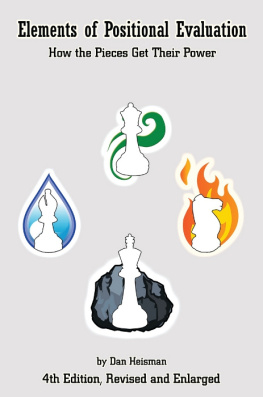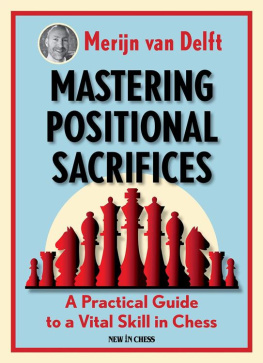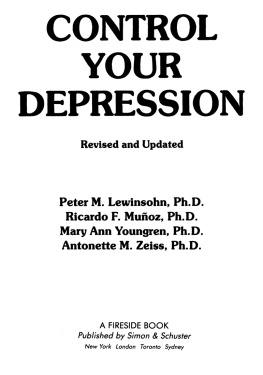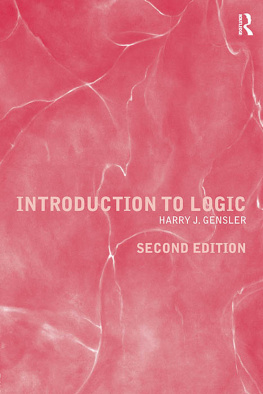Elements
of
Positional
Evaluation
How the Pieces
Get Their Power
by
Dan Heisman
Fourth Edition

2010
Russell Enterprises, Inc.
Milford, CT USA
Elements of Positional Evaluation
How the Pieces Get Their Power
by
Dan Heisman
ISBN: 978-1-888690-58-3
Copyright 2010
Dan Heisman
All Rights Reserved
No part of this book may be used, reproduced, stored in a retrieval system or transmitted in any manner or form whatsoever or by any means, electronic, electrostatic, magnetic tape, photocopying, recording or otherwise, without the express written permission from the publisher except in the case of brief quotations embodied in critical articles or reviews.
Published by:
Russell Enterprises, Inc.
P.O. Box 5460
Milford, CT 06460 USA
http://www.russell-enterprises.com
Cover design by Janel Lowrance
Printed in the United States of America

Dedication
To Coach Donald Byrne
A chessplayers chessplayer and a friends friend.
part of a telegram from then World Chess Champion Robert J. (Bobby) Fischer to International Master Donald Byrne at Byrnes testimonial dinner in Boalsburg, Pennsylvania, September 7, 1974, shortly before Byrne passed away at an early age as a result of a rare disease that cut short not only his life, but a very promising chess career. Well never forget you, Coach!
Preface
Elements of Positional Evaluation: How Chess Pieces Get Their Power provides a different perspective on how to evaluate the effectiveness of chess pieces and positions.
Originally written in 1974 on the authors typewriter, this new, greatly expanded fourth edition of Elements includes material comparing this current edition of Elements with 1974 positional chess theory. It also includes new discussions on how 2009 theory has moved ever closer to the ideas suggested in Elements.
In addition, over 100 new examples and diagrams have been added plus an Appendix of Illustrative Games, making Elements less of a work on theory and more about theory and practice.
I hope my work in greatly enhancing Elements has also enhanced its instructive value and enjoyment for readers.
Dan Heisman
January 2010
Introduction
The fourth edition of Elements of Positional Evaluation presents a new challenge to the author: how to position a book whose first edition was written in 1974 about the inadequacies of positional theory at that time, and make it relevant to readers in 2009?
The challenge is more daunting because the suggested improvements to 1974 theory have, to a great extent, become reality, so 2009 theory is much more aligned with the ideas in Elements.
One possibility would have been to ignore the changes in theory that have occurred since 1974 and simply leave the book the way it was: compare the proposed theory to current theory as if 2009 theory was very similar to that of 1974. This would be the easiest approach, and superficially reasonable; the first three editions of the book sold out why change a good thing?
However, I agree with my publisher that taking the easy way out is not only incorrect, but overlooks an opportunity to do more for the reader. Therefore, this edition will take a different approach by adding a theme: occasional discussion/examples of how theory has changed between 1974 and 2009 and how that change brings 2009 theory closer to my proposed theory.
The other substantive revision in Elements will be the addition of many new examples, which will make this expanded edition less of a purely theoretical work than the first three editions, and more practical.
After analytical skill, the next most important chess skill is evaluation. For positions, this means answering the questions: Which side stands better? How much better? and Why?
Breaking positional evaluation down into its elemental parts requires an answer to the question How much is that piece worth in this position?
Most chessplayers rely on loosely knit, unstructured methods to evaluate positions and the role of the pieces therein. They learn positional principles (i.e., guidelines/heuristics/rules of thumb) that often lead to inaccurate evaluations.
A similar problem occurs when chess programmers quantify evaluations in the form of a scoring function. In the early days of computer chess, programs relying heavily on evaluation played worse than those using primarily brute force look-ahead. Hopefully, this book will provide a step towards overcoming some of these difficulties.
This introduction lays the foundation for a new evaluation theory and provides an overview of the books organization. We will attempt to show why a new theory is necessary, revolutionary, and novel. Not all of the points made in this book are original; some of the novelty will be highlighted by the systematic way the material is organized and presented.
Hopefully, the new theory will give a better understanding of the nature of the game and should help many readers significantly improve their playing strength. Bertrand Russell wrote:
But when theories change, the alteration usually has only a small effect so far as observable phenomena are concerned. The practical difference between Einsteins theory of gravitation and Newtons is very minute, even though the theoretical difference is very great. Moreover, in every new theory there are some parts that seem pretty certain, while others remain very speculative.
Chess knowledge is not the same as chess ability. Moreover, positional knowledge is separate from analytical and tactical ability, which are the predominating factors in a players overall chess strength. There is no substitute for analytical and tactical competence. Because Elements is about positional theory, absorbing its material will not directly enhance most players analytical ability, but should greatly benefit their positional awareness.
We will attempt to show that the evaluation theory of 1974 needed to be enhanced. We will not only present the new theory, but also prove the deficiencies of the 1974 theory and sprinkle discussion of how 2009 theory more closely follows the new. Many examples will be provided to help illustrate these points.
Before we start, it would be helpful to discuss revolution scientific revolution. Thomas S. Kuhns book The Structure of Scientific Revolutions explained the process of how scientific theories evolve. The following is a short synopsis of Kuhns Structure:
In any scientific discipline that deals with unknown, difficult-to-perceive, or inexact phenomena, there exists a certain status quo that is accepted by most authorities. This status quo is a theory or set of theories that attempts to explain observed phenomena and tries to predict future occurrences. Examples include: the structure of the universe, molecular theory, origins of the earth, origins of life, and how physical phenomena occur. In general physics, the well known theories that came to be widely accepted were formed by Aristotle, then Newton, and finally Einstein. There were other rejected theories, and the eventually accepted theories were not accepted immediately by the originators peers. Some theories may take centuries before they are generally accepted by specialists in the field.
The general pattern is as follows:














